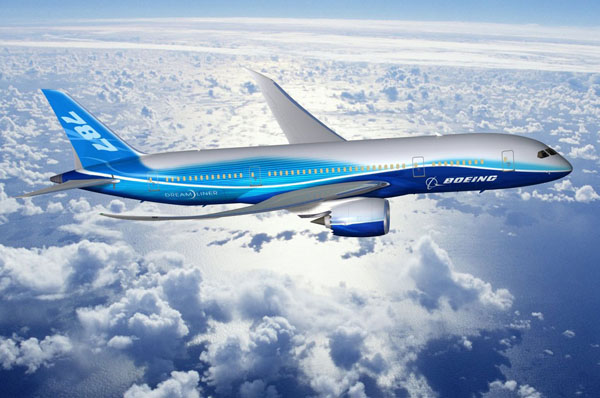Frost & Sullivan on Boeing Dreamliner 787 and Lithium-ion Batteries

The Boeing Dreamliner 787
incident has opened a new page in the lithium-ion battery space that speaks about the safety of this battery when used in higher capacities of KW and MW scale.During 2007, Federal Aviation Administration, granted permission to Boeing to use lithium-ion batteries in the 787 aircraft, with several conditions to ensure safety. This enabled Boeing to swap the heavy hydraulic systems with light weight battery operated electric and electronic equipment. This led to better fuel efficiency, consuming up to 20% lesser fuel than the other aircrafts. With incidents of fire, the entire focus is now shifted to lithium-ion battery and its safety aspects.
There are still many questions on assembling of the entire unit, including batteries, its valve mechanism, the wiring structure design, and so on.
Key element in discussion is the flammable electrolyte used in lithium-ion battery. It vaporizes when heated up causing a flammable gas in the air. In a battery with a capacity of nearly 1.6MW, the quantity of flammable electrolyte is high, that could potentially cause an explosion. This leads to a market sentiment that higher capacity lithium-ion batteries are unsafe with high flammable materials in it.
Expecting an immediate solution, a quick fix that will solve this issue as a silver bullet is impractical. However, this incident has caught the attention of all battery manufacturers to invest more on their R&D. Though the possibility of developing lithium-ion batteries with water-based electrolyte is remote, modification to the existing cathode and electrolyte by adding small traces of other elements to make a battery thermally stable is possible.
Lithium-ion is still the chemistry with highest growth rate compared with other battery chemistries. For industrial and automotive applications, with higher capacity, these incidents are stepping stones to improvise the battery and make it more stable.
Recalling the days of 2005, when the lithium-ion battery powered laptops caught fire, the industry raised many speculations about the future of these batteries. Some companies suffered revenue losses with large scale recalls. But the industry learnt from these problems and improvised. Today lithium-ion batteries are ubiquitous in consumer applications, offering desired performance.
Comparing such a scenario to this incident, Airbus A350XWB, a 450 seater aircraft that is planned to launch in 2014, could learn from what has happened, and the industry on the whole is in the learning process, when a battery that is successful for smaller capacity is utilised for large scale applications. These incidents will help us understand more about this battery and just like the past will overcome these shortcomings and make lithium-ion batteries ubiquitous in industrial applications too.
Source: Frost & Sullivan
